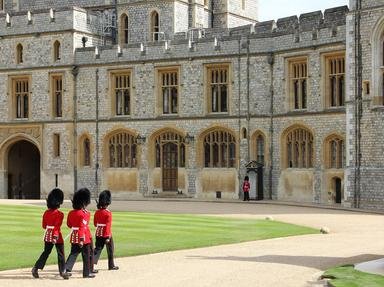Quiz Answer Key and Fun Facts
1. King Egbert, first seen on "Vikings" in Season 2, was the ruler of which of the following areas in Anglo-Saxon England?
2. As a young man, Egbert spent some time in exile at the court of a very famous Frankish king. Name the Frankish king.
3. Although very little is known about the wife of King Egbert, it is written that he was succeeded by a son. What was the name of his son, who inherited the kingdom upon Egbert's death?
4. Which grandson of King Egbert was finally able to contain the Vikings in an area of England called the Danelaw?
5. King Ælla, the other Anglo-Saxon king who has a role in "Vikings", was the ruler of which kingdom in northern England?
6. King Egbert and King Ælla were contemporaries.
7. According to Viking sagas, King Ælla captured and executed which Viking leader?
8. In retaliation for the death of their leader, the Vikings planned another invasion of England in 865. What was the name the Anglo-Saxons used for the coalition of Viking warriors who attacked England that year?
9. Originally founded by the Romans as a fortress called Eboracum, what city occupied by the Vikings is believed by some to be the place where King Ælla died in battle?
10. Other sources report that the Vikings executed King Ælla in the most gruesome way possible. In what way did the Vikings carry out the death sentence after capturing the king?
Source: Author
ponycargirl
This quiz was reviewed by FunTrivia editor
bloomsby before going online.
Any errors found in FunTrivia content are routinely corrected through our feedback system.

